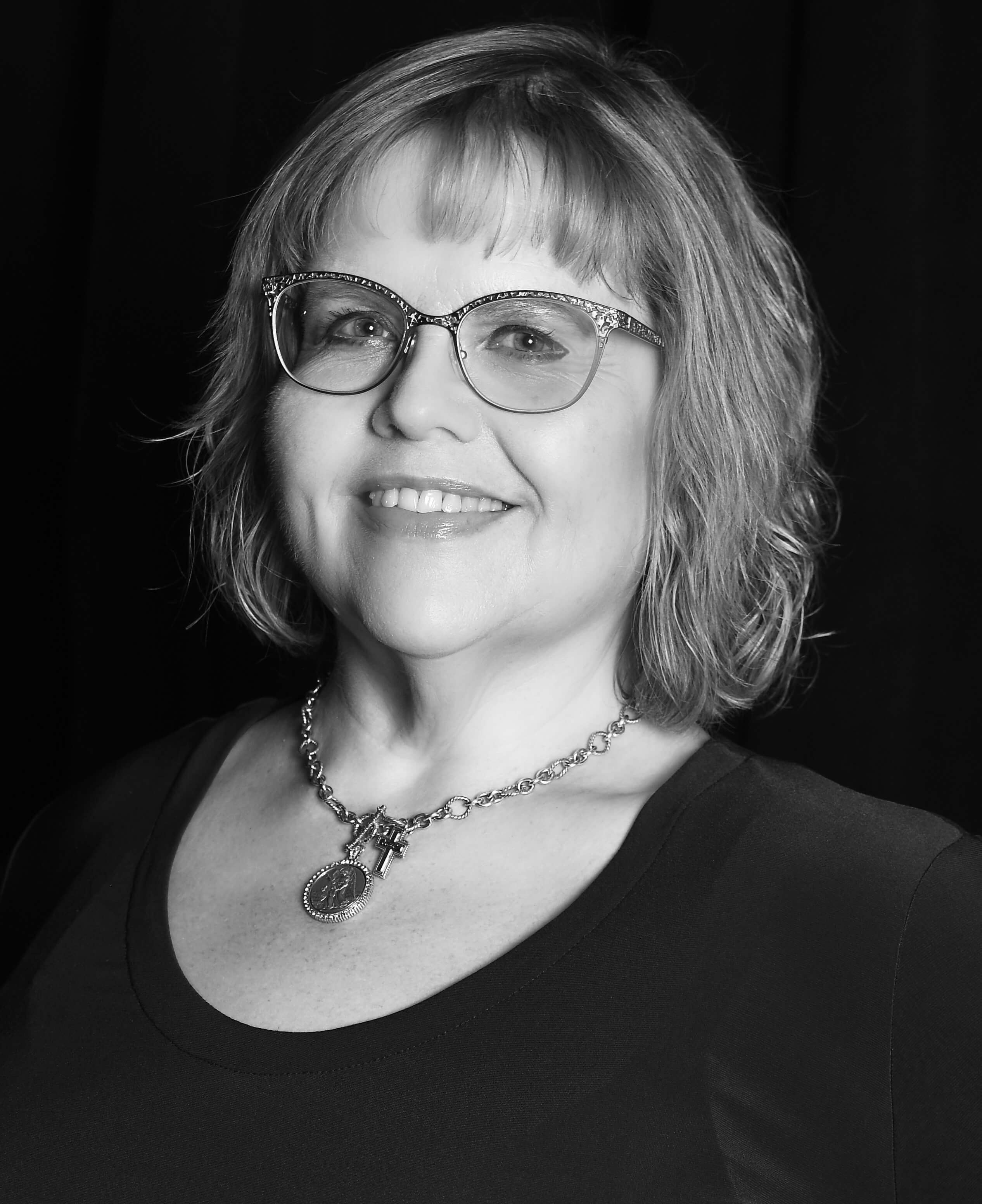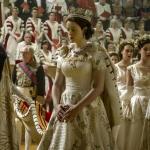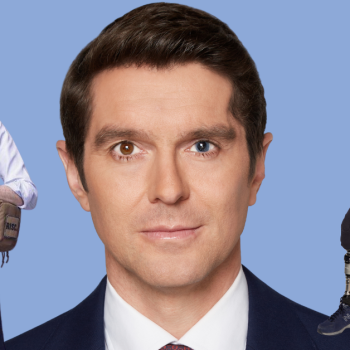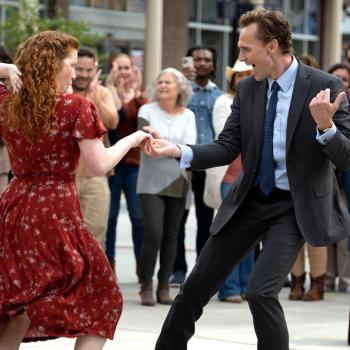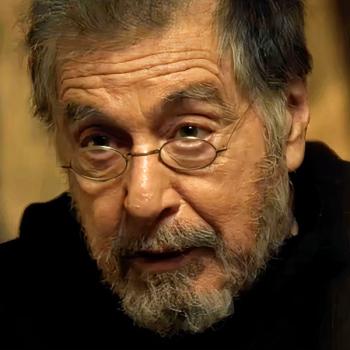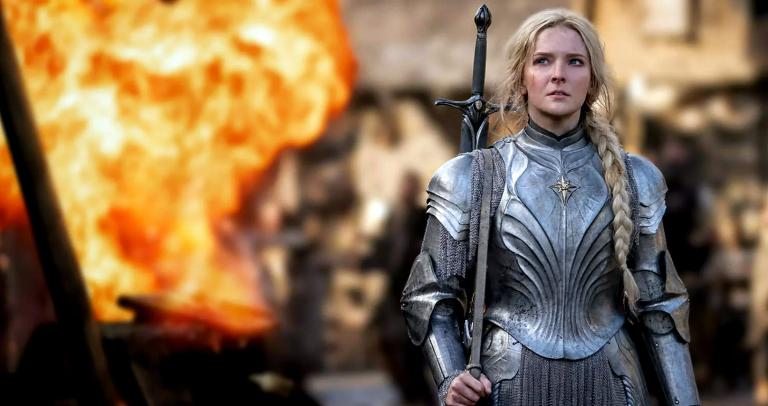
Anyone expecting this post about The Lord of the Rings: The Rings of Power to pick apart the show in terms of its fidelity to the books of J.R.R. Tolkien is advised to move along now. That won’t be happening.
Like many other journalists, I’ve seen the first two episodes of Amazon’s prequel series, launching on Sept. 1 (formerly Sept. 2). I’ve also seen all the LOTR and Hobbit movies (including Extended Versions), but the only Tolkien I’ve read is The Hobbit, and I didn’t much care for it (but then, I was an adult).
(UPDATE: An associate professor of English at Franciscan University of Steubenville, writing at the Catholic magazine Crisis, takes this on. Click here.)
Anyway, The Lord of the Rings: The Rings of Power isn’t based on any single Tolkien book, but also on the author’s notes, appendices, etc., and takes place in the Second Age of Middle-earth, thousands of years before the time period of The Lord of the Rings and Hobbit films.
As the show opens, the elves think they have finally defeated the evil Sauron. But, as anyone who’s read LOTR or seen the movies knows — not so much.
I Do Have Issues With Lord of the Rings: The Rings of Power (But Maybe Not the Ones You Expect)
My issues with the show — hereinafter referred to as LOTR:ROP — have nothing to do with how Tolkien it is or isn’t.
Also, although I know Tolkien was a devout Catholic and have been told that the Faith infuses all he writes, I still labor to see it. But, so many people stand by this, that I take their word for it (a USC scholar, writing at Angelus News, does a better job of explaining it than most).
So, I won’t be getting into all that either, except to say that I hope that whatever Tolkien brought from his Catholicism into his story remains and isn’t replaced by virtue-signaling wokeness.
Regarding that, at this moment, after two hours of the show, I am neither confident this won’t happen nor afraid that it’s inevitable. But I have doubts.
No, I’m not talking about the multicultural, multiracial casting decisions. Color-blind casting can work out fine. As awful as Netflix’s version of Jane Austen’s Persuasion was, the color-blind casting wasn’t one of its issues.
But, color-blind casting can also be a minefield, if it winds up confusing the audience and interfering with the story.
In LOTR:ROP, these are fantasy characters to start with, and as long as the audience can tell what sort of fantasy character it is — and in the first two hours, it’s relatively clear — all will be well.
But, there are some elves without long hair, and some actors playing elves who are not extremely pretty — and that stands at odds with the movies. I’ll leave it up to Tolkien scholars to argue if that disagrees with the author.
You might ask, then, what are my issues? I’ll tell you:
IT’S VERY, VERY BIG …
You know all those moments in the LOTR and Hobbit movies with sweeping vistas over plains and snowy mountaintops, up-angled hero shots of characters, and any other scenes intended to express majesty or grandeur, etc.? It felt to me like that’s most of the first two hours.
Yeah, these are the episodes that launch the series, and maybe it will settle down later, but it began to wear on me.
My impression is that LOTR:ROP has a problem with pacing. It was so big and sweeping and whatnot that I was getting tired. The interspersing of scenes with the small domestic lives of the Harfoots — sort of proto-Hobbits — was a nice break from all the hugeness. I could have used more of that.
Also, way more humor, please. Way, way more.
… AND VERY, VERY LOUD
I saw the episodes in a theater and then rewatched the first hour at home. The score, by Bear McCreary, is giant and epic. It was also quite LOUD in the theater. And when I got home, I was bouncing the sound level up and down in my living room. Here’s to hoping they fixed that for the version that streams on Amazon.
… and Rather Dirty
The Harfoots and the humans almost all look filthy and like they smell really atrocious. I can imagine birds or small rodents nesting in their hair. People did occasionally wash at least their hands and faces in ye olden days in our world, but not so much here.
And Then We Get to Galadriel: Warrior Princess
I did some research, and there’s an argument to be made that elf Galadriel was a warrior of some sort in her youth. Fine. She could have been swinging a battle axe in the cradle for all I know.
However, there’s an annoyingly reflexive thing going on in modern entertainment, in which female characters have to be better than men at things. In Disney+’s She-Hulk: Attorney at Law, for example, the She-Hulk is portrayed as better at hulking than the Hulk.
Of course, she is, because that’s what we do these days.
I have no inherent issue with females as heroic characters. I’m still waiting for the big-budget movie about Grace O’Malley, the Pirate Queen of Ireland. But, what I don’t like is the need to exaggerate female power and diminish male characters.
Producers may think they’re righting a wrong of the past, but too often, it just creates a new imbalance.
Strength Comes in All Sizes, But You Have to See It
As portrayed by Cate Blanchett in the LOTR movies, Galadriel is elegant and feminine, but you don’t for a second doubt her authority and power. She doesn’t need a sword to command respect.
Morfydd Clark’s version of Galadriel in LOTR:ROP is, to start with, small. The actress is 5’3″, and my cursory research on Tolkien’s elves is that they’re supposed to all be very tall. She doesn’t look like a warrior — unlike the imposing Lucy Lawless in Xena: Warrior Princess — or carry herself like one.
Not all heroes have to be big or physically impressive (like Frodo Baggins, for instance), but if you’re going to sell me this person as the Commander of the Northern Armies, I need to feel the swagger, the weight of command, if you will.
Just watch Helen Mirren (all 5’4″ of her), in a breastplate, exhorting the English to take on the Spanish Armada in Elizabeth: The Golden Age. She sells it.
So far, at least, Morfydd Clark does not.
What Real Powerful Women Look Like
Galadriel didn’t have to be a Warrior Princess to be powerful. That’s a nod to the modern notion that a woman must display power in the same way that a man might, or somehow, it doesn’t count.
In Catholic terms, ask your pals in the pews to name five powerful Catholics who weren’t popes, and I just about guarantee you that a chunk of that list will be women: Joan of Arc (she inspired men to fight, but she didn’t swing the sword herself), Mother Teresa, Flannery O’Connor, Dorothy Day, St. Thérèse of Lisieux, and EWTN founder Mother Angelica (who had no issue standing up to bishops, if need be).
Oh, yeah, and Mary, the Mother of God.
Women don’t have to act like men to change the world.
Anyway, Is The Lord of the Rings: The Rings of Power Worth Watching?
In conclusion, LOTR:ROP was well-made (other than some mismatched and dodgy accents), obviously very expensive, and seems to have enough intriguing storylines to sustain itself. We’ll have to see if it pleases Tolkien aficionados, but the streaming audience, which obviously loves its fantasy, will likely embrace it.
If they put in more horses and add some elves as pretty as Orlando Bloom — and especially if they don’t let the “you go, girl” stuff get out of hand — I’ll keep watching.
Image: Photo credit: Ben Rothstein/Prime Video. Copyright: Amazon Studios
Don’t miss a thing: Subscribe to all that I write at Authory.com/KateOHare


